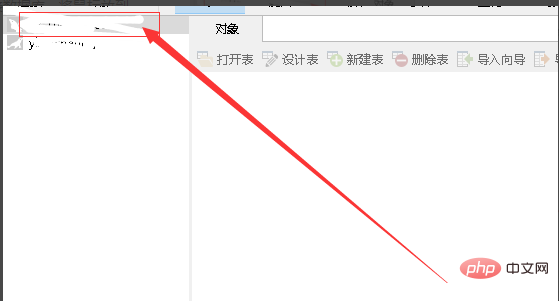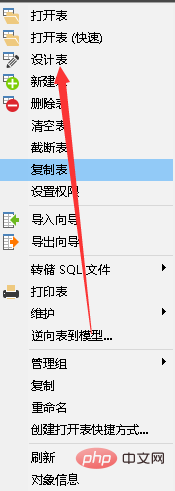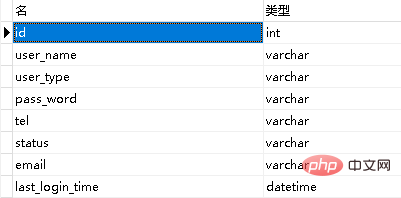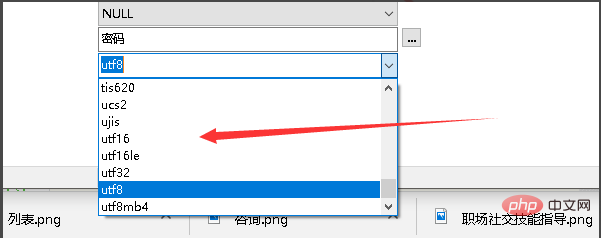How does navicat modify the character set type of a table or field?
- (*-*)浩Original
- 2019-08-17 13:28:519439browse
When creating the database, you can set a character set for the database, or you can give the table a default character set when creating the table. But if you forget to give it or give it wrongly, then what you need to do Just change the character set. Navicat can easily modify the character set type of a field in the database or data table.

After entering Navicat, connect to the database. Put the mouse on the database that needs to be connected, and double-click the mouse to connect quickly. (Recommended tutorial: navicat tutorial)

After the connection is successful, select the table and select [Design Table]. As shown in the figure below:

#Enter the data table and you can see each of your field types and their character sets.

You can check to see if the character set of your current data table is what you need, as shown in the figure below

If not, you can click to modify it to the character set you need.

Because the character sets of the database are different, if the writing method is wrong, it will cause garbled characters or failure to write. This method can also be used. To solve the problem of garbled characters when writing, the premise is that the character set used when writing is exactly the same as the stored character set.
The above is the detailed content of How does navicat modify the character set type of a table or field?. For more information, please follow other related articles on the PHP Chinese website!

